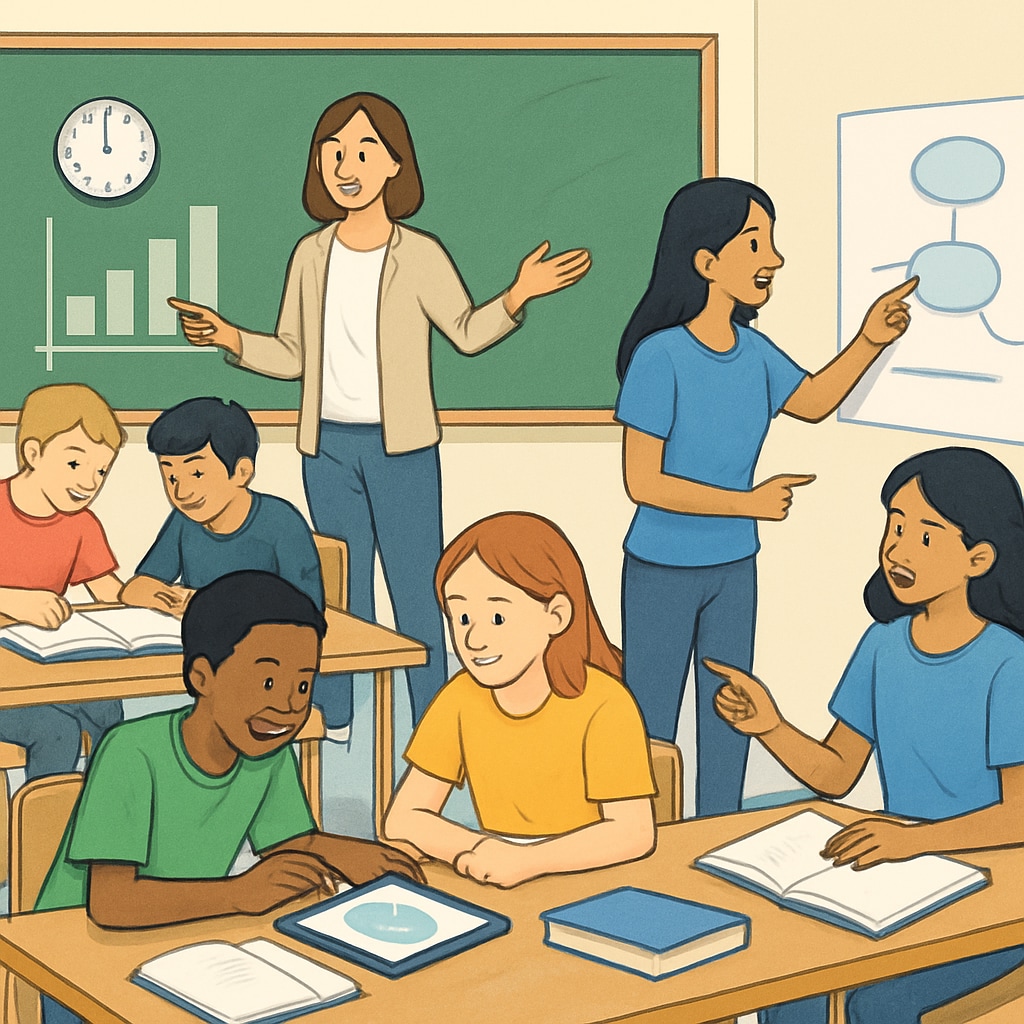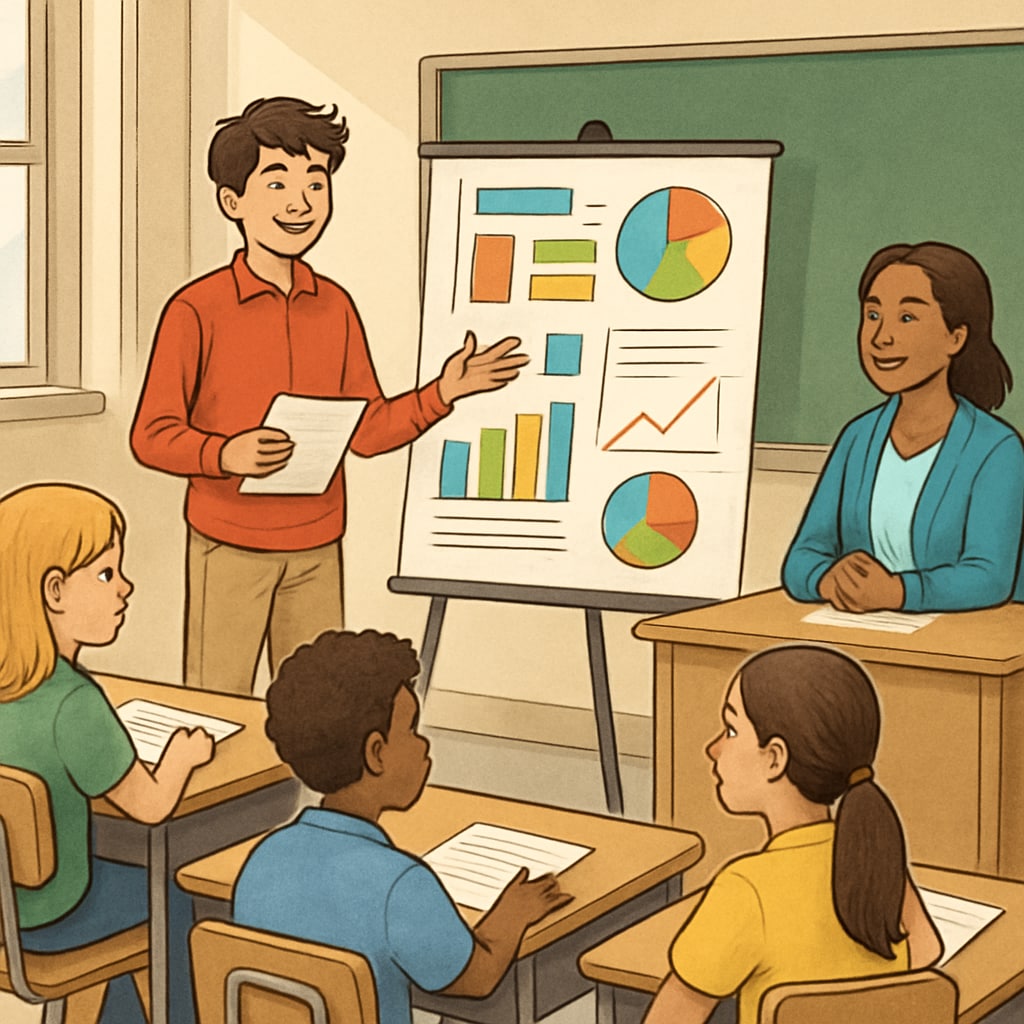Traditional “grading, learning outcomes, and real-time tracking” systems have long been the backbone of K12 education. However, as education evolves to meet the needs of a dynamic world, it becomes increasingly clear that relying solely on grades as a measure of learning is both limiting and inadequate. In this article, we will explore the drawbacks of traditional grading systems, discuss innovative assessment alternatives, and highlight the importance of real-time tracking in fostering holistic student development.
The Limitations of Traditional Grading Systems
Grades have been used as a universal metric to evaluate student performance for decades. While they provide a standardized benchmark, they often fail to capture the complexity of individual learning experiences. Research has shown that grades can encourage rote memorization rather than critical thinking and creativity. Additionally, they can create unnecessary stress, leading to a narrow focus on performance over genuine understanding.
Another significant drawback is the one-size-fits-all nature of traditional grading. Each student learns at their own pace and has unique strengths that may not align with standardized tests or letter grades. For example, a student excelling in problem-solving but struggling with written exams may be unfairly penalized in a traditional system.

Alternative Approaches to Learning Assessment
To address these limitations, educators and policymakers are exploring alternative assessment methods that emphasize a more comprehensive evaluation of learning outcomes. Some promising approaches include:
- Portfolio-Based Assessments: Students compile their work over a period of time, showcasing growth and creativity. This method allows for a deeper understanding of a student’s capabilities.
- Project-Based Learning: By focusing on real-world problems, students demonstrate their knowledge and skills through practical application rather than standardized tests.
- Peer and Self-Assessments: Encouraging students to evaluate themselves and their peers fosters critical reflection and accountability.
These methods provide a more nuanced picture of student learning while promoting engagement and long-term retention of knowledge.

The Role of Real-Time Tracking in Modern Assessments
Real-time tracking of learning progress is another critical element in redefining K12 assessments. Unlike traditional systems that rely on periodic exams, real-time tracking uses technology to monitor student performance continuously. This approach provides immediate feedback, allowing educators to identify and address gaps in understanding as they arise.
For instance, adaptive learning platforms can personalize the educational experience by analyzing a student’s progress and adjusting the difficulty or type of content accordingly. This ensures that each student receives the support they need to succeed. Moreover, real-time data can help educators make informed decisions about curriculum adjustments and resource allocation.
According to a report by Britannica, incorporating data-driven insights into teaching strategies can significantly improve learning outcomes. This aligns with the broader goal of transitioning from performance-based to growth-oriented education models.
Fostering Holistic Development Through Comprehensive Assessments
Ultimately, the goal of education is to prepare students for life, not just exams. Comprehensive assessment strategies that go beyond grades can help achieve this by nurturing critical thinking, emotional intelligence, collaboration, and adaptability. For example, incorporating social-emotional learning (SEL) metrics into assessments can provide a fuller picture of a student’s readiness to navigate the complexities of the modern world.
Additionally, creating a balanced assessment framework encourages students to take ownership of their learning journey. They become active participants rather than passive recipients, fostering a lifelong love for learning. As a result, education moves closer to its true purpose: developing well-rounded individuals equipped to contribute meaningfully to society.
Shifting to these innovative methods requires effort and collaboration among educators, parents, and policymakers. However, the benefits—engaged students, improved learning outcomes, and a more equitable education system—are well worth the investment.
Readability guidance: Use concise paragraphs, bullet points, and clear transitions to maintain reader engagement. Ensure that technical terms are explained for broader accessibility.


